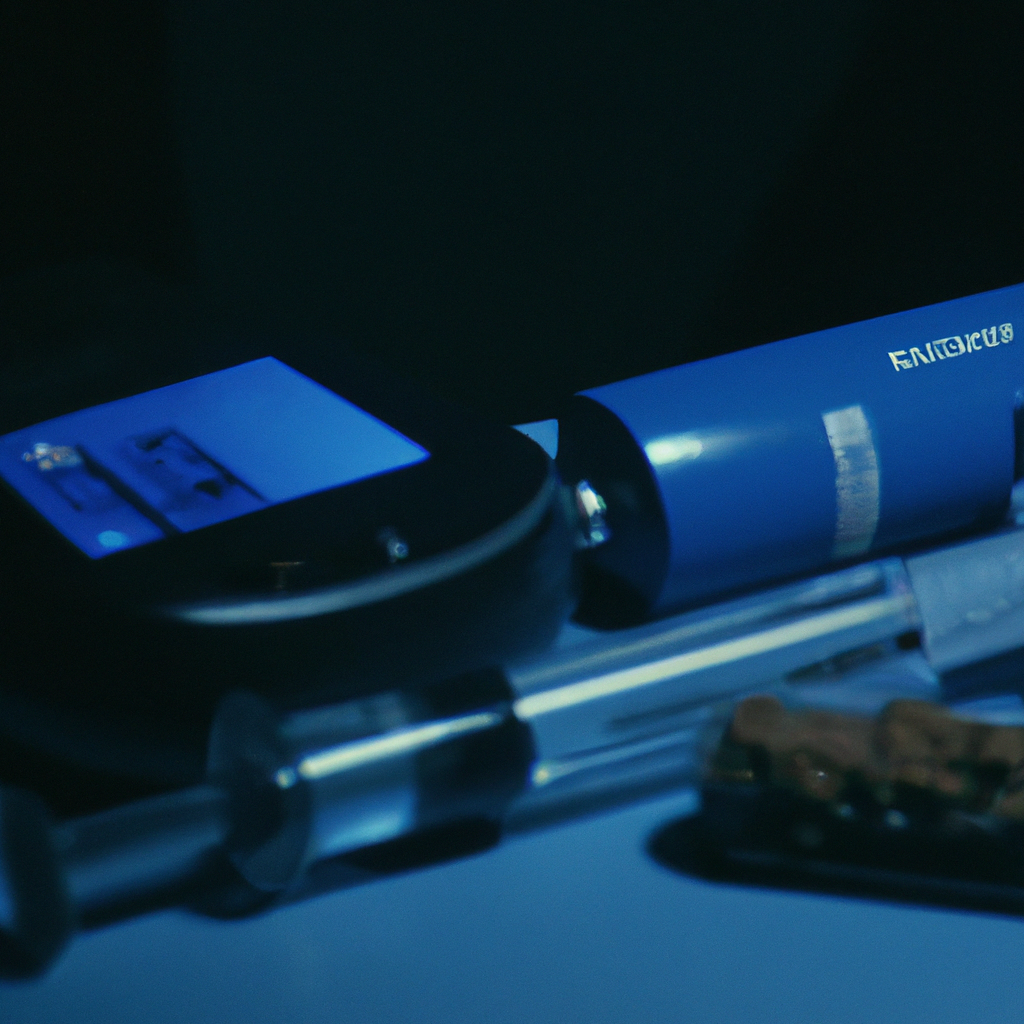-
Reading Roadmap
- Does Inhaled Insulin Have a Role in the Age of Automated Insulin Delivery?
- Key Takeaways
- Introduction: The Evolution of Insulin Delivery
- The Rise of Automated Insulin Delivery
- Inhaled Insulin: A Non-Invasive Alternative
- Limitations of Inhaled Insulin
- FAQ Section
- 1. What is inhaled insulin?
- 2. How does automated insulin delivery work?
- 3. Can inhaled insulin replace injectable insulin?
- 4. What are the side effects of inhaled insulin?
- 5. Is inhaled insulin available in all countries?
- Conclusion: The Future of Inhaled Insulin
- Further Analysis
- Key Takeaways Revisited
Does Inhaled Insulin Have a Role in the Age of Automated Insulin Delivery?

[youtubomatic_search]
Key Takeaways
- Inhaled insulin, while not as popular as injectable insulin, offers a non-invasive alternative for diabetes management.
- Automated insulin delivery systems are becoming increasingly prevalent, offering precise and continuous insulin delivery.
- Despite the rise of automated systems, inhaled insulin still holds potential benefits, particularly for those who fear needles or seek a more convenient method of insulin administration.
- However, inhaled insulin has limitations, including its inability to provide basal insulin and potential lung-related side effects.
- Further research and technological advancements may help overcome these limitations and expand the role of inhaled insulin in diabetes management.
Introduction: The Evolution of Insulin Delivery
Since the discovery of insulin in the 1920s, the methods of insulin delivery have evolved significantly. From the initial crude injections to the sophisticated automated insulin delivery systems of today, the goal has always been to mimic the body’s natural insulin production and release as closely as possible. In this context, the emergence of inhaled insulin presents an intriguing alternative. This article explores the role of inhaled insulin in the age of automated insulin delivery.
The Rise of Automated Insulin Delivery
Automated insulin delivery systems, also known as artificial pancreas systems, have revolutionized diabetes management. These systems continuously monitor blood glucose levels and automatically adjust insulin delivery, reducing the risk of hypoglycemia and hyperglycemia. According to a study published in The New England Journal of Medicine, automated systems significantly improved glycemic control in patients with type 1 diabetes compared to conventional insulin pump therapy.
Inhaled Insulin: A Non-Invasive Alternative
Inhaled insulin, approved by the FDA in 2006, offers a non-invasive alternative to injections. It is a rapid-acting insulin taken before meals to control post-meal blood sugar levels. A study published in Diabetes Care found that inhaled insulin was as effective as injectable insulin in controlling blood sugar levels in patients with type 2 diabetes. Moreover, it was associated with less weight gain and fewer hypoglycemic episodes.
Limitations of Inhaled Insulin
Despite its potential benefits, inhaled insulin has limitations. It cannot provide basal insulin, the continuous low-level insulin needed throughout the day and night. Additionally, it may cause lung-related side effects, such as cough and shortness of breath. Furthermore, its use is contraindicated in patients with chronic lung diseases, such as asthma and COPD.
FAQ Section
1. What is inhaled insulin?
Inhaled insulin is a type of insulin that is inhaled through the mouth into the lungs. It is a rapid-acting insulin used to control post-meal blood sugar levels.
2. How does automated insulin delivery work?
Automated insulin delivery systems continuously monitor blood glucose levels and automatically adjust insulin delivery, reducing the risk of hypoglycemia and hyperglycemia.
3. Can inhaled insulin replace injectable insulin?
While inhaled insulin can control post-meal blood sugar levels, it cannot provide basal insulin, the continuous low-level insulin needed throughout the day and night. Therefore, it cannot completely replace injectable insulin.
4. What are the side effects of inhaled insulin?
Inhaled insulin may cause lung-related side effects, such as cough and shortness of breath. It is contraindicated in patients with chronic lung diseases, such as asthma and COPD.
5. Is inhaled insulin available in all countries?
Inhaled insulin is not available in all countries. It is currently approved and available in the United States and some European countries.
Conclusion: The Future of Inhaled Insulin
In the age of automated insulin delivery, inhaled insulin still holds potential benefits. It offers a non-invasive, convenient method of insulin administration that may be particularly beneficial for those who fear needles. However, its limitations, including its inability to provide basal insulin and potential lung-related side effects, need to be addressed. With further research and technological advancements, the role of inhaled insulin in diabetes management may expand.
[youtubomatic_search]
Further Analysis
As we move forward in the age of automated insulin delivery, it is crucial to continue exploring all potential avenues for improving diabetes management. Inhaled insulin, despite its current limitations, represents one such avenue. By addressing its drawbacks and capitalizing on its benefits, we may be able to broaden its role in diabetes care and offer patients more options for managing their condition.
Key Takeaways Revisited
- Inhaled insulin offers a non-invasive alternative for diabetes management, particularly beneficial for those who fear needles.
- Automated insulin delivery systems provide precise and continuous insulin delivery, improving glycemic control.
- Inhaled insulin cannot provide basal insulin and may cause lung-related side effects, limiting its use.
- Further research and technological advancements may help overcome these limitations and expand the role of inhaled insulin in diabetes management.







